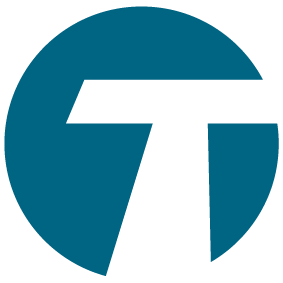Joint modeling of schedule- and frequency-based services in public transport assignment models
DOI:
https://doi.org/10.54337/ojs.td.v24i1.6002Keywords:
public transport assignment, schedule, frequency, joint model, choice set, discrete choice modelAbstract
Public transport networks today are getting increasingly complex with many lines and possibilities to go from origin to destination. When passengers make their route choice in a public transport network they cannot depart at the minute they want, but must wait until the first departure on the considered line. But how do passengers plan their route if they have a combination of high frequent and low frequent services under the assumption that passengers do not consult the timetable for high frequent services?
This paper describes a framework to include both schedule- and frequency-based services in a joint model. Such networks are found in most major cities and especially in the greater Copenhagen area where there is a mix of frequency-based services such as A-busses and the metro and schedule-based services as the S-train and local bus lines. Four different transfer types are identified when transferring between schedule- and frequency-based services. These include a type where the passenger transfers from a frequency-based to a schedule-based line. In this case the passenger has a probability to reach the first departure on the schedule- based line, but can in some cases also miss the first departure and must wait for the next departure.
A choice set generation method is developed using the event dominance principle to exclude alternatives which are above a certain threshold. This gives a choice set which is used in a discrete choice model (MNL). On this basis, it is possible to distribute the flow across the different alternatives. Two example cases are used to show the methodology: DTU to Copenhagen Airport and DTU to Brønshøj. The results indicate that there the framework can handle the two types off lines. It is found that the desired departure time, parameters in the utility function and the choice of threshold is crucial to find the correct choice set and distribution of flow across the alternatives. But there is also found improvement points in the choice set generation technique, but especially the discrete choice modelling should be investigated further to include that passengers can take decisions en route.


